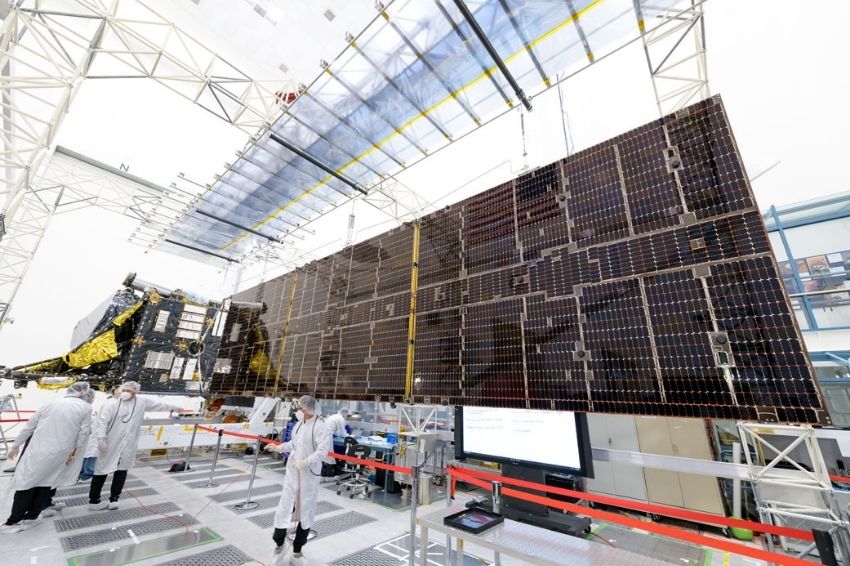A NASA (National Aeronautics and Space Administration) completed another stage of the Psyche mission, whose objective is to send a spacecraft into space to study one of the first asteroids ever discovered: 16 Psyche.
After testing in a vacuum chamber, concluded last month, it was now the company's turn to install solar panels on the spacecraft – which will make a journey of around 2.4 billion kilometers towards the asteroid Psyche, considered extraordinarily rich in metal.
For this reason, twin solar arrays were attached to the spacecraft body, folded lengthwise, and then restored. According to NASA, when these arrays fully unfold in flight, the spacecraft will be the size of a tennis court.
After a trajectory of 3.5 years, the spacecraft will arrive in 2026 at the asteroid Psyche. From there, the spacecraft will spend almost two years making orbits increasingly closer to the asteroid to be able to study it. The expectation is that it will be launched into space in August this year.
In total, the cross-shaped solar panels are around 75 m², being the largest ever installed by JPL (Jet Propulsion Laboratory) – a company that has built thousands of spacecraft over the last few decades.
Discovered by Italian astronomer Annibale de Gasparis in 1852, the Psyche space rock was named after the goddess of the soul in Greek mythology and is the largest M-type asteroid ever discovered.
















